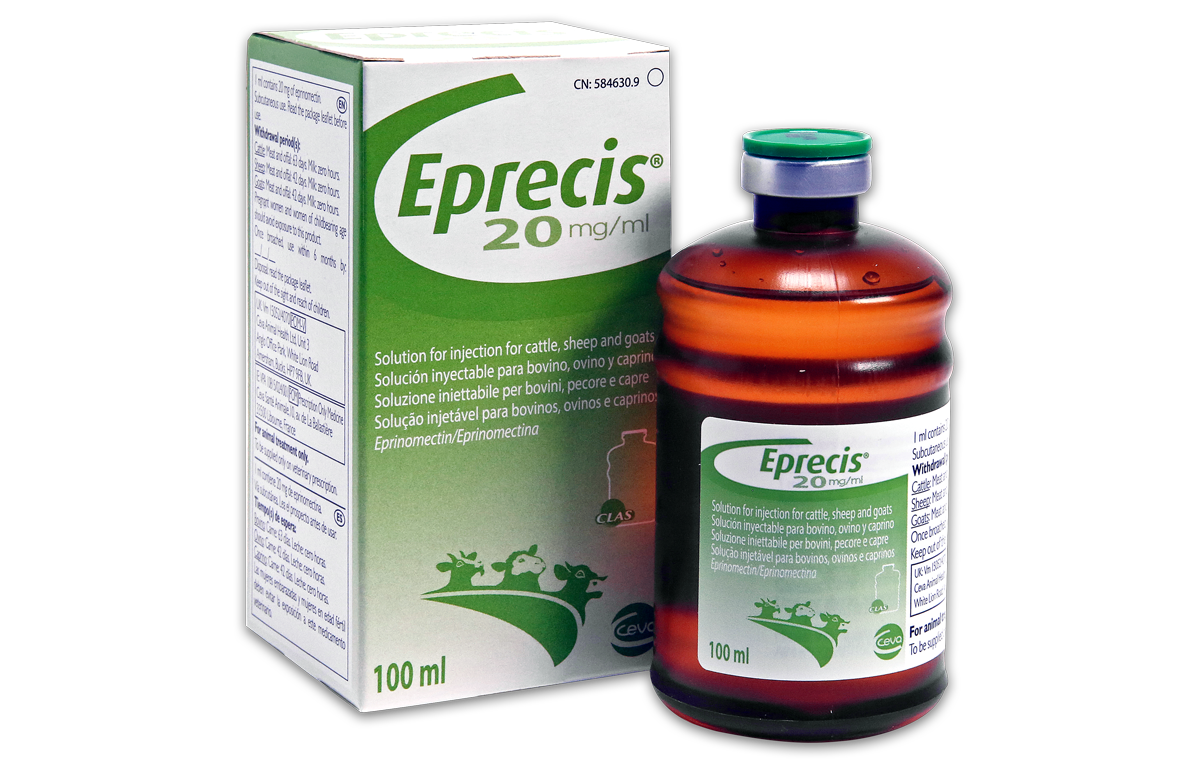Scientific article
Targeted selective treatment at housing with injectable eprinomectin in French dairy cattle using a validated decision support system (TRI)
Authors
V. Jegou B. Maynard C. Cotrel D. Achard
Publication information
World Buiatric Congress 2024
Since its launch in 2021, the TRI initiative has been adopted by more than 1 000 dairy herds and contributed to decrease the use of eprinomectin by 75% while increasing farmer’s revenue by 30%.
Objectives
Anthelmintic resistance (AR) is a reality across Europe that threatens the sustainability of the ca tle industry. Until recently, ca tle farms were not considered at risk for AR but several reports have confirmed its presence in many countries. To limit the development of AR, it is necessary to rethink our views on strategic “systematic” program. Targeted selective treatments (TST) are potentialy good options but their adoption in cattle herds has been limited due to low level of awareness, fear of economic losses, and dificulty to implement them. To encourage acceptance of TST in French dairy ca tle herds, a decision support system (TRI) based on validated criteria was developed that gives farmers access through their veterinarian to a list of dairy ca tle to be treated at housing with eprinomectin injectable (Eprecis® 20 mg/mL).
Materials and methods
In participating dairy herd and with farmer’s consent, the folowing data is colected for each lactating cows: ID, individual milk production, days in milk (DIM) and parity. Key findings from a previous study in 120 French dairy herds were used to generate the TRI list (Ravinet et al., 2018). Specificaly, best responding cows were found to had calved during the grazing season (less than 200 DIM at the time of treatment) and to have a low-to-medium peak performance for their class of parity. Based on the farm data and these two individual criteria, a list is generated indicating the dairy cows eligible for treatment and the economic impact of diferent interventions (from systematic deworming to selective deworming).
Results
Since its launch in 2021, the TRI initiative has been adopted by more than 1 000 dairy herds and contributed to decrease the use of eprinomectin by 75% while increasing farmer’s revenue by 30%.
Conclusions
Refinement of the use of anthelmintics is possible using validated scheme and active colaboration across the industry. In the future, this dedicated decision support system (TRI) wil be automated and aim to indicate the level of environmental exposure to endectocides.
Publication file:





